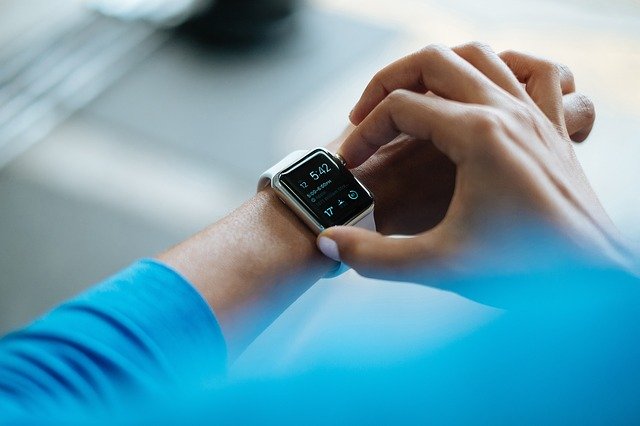From Apple Watches to Fitbits to Galaxy Watches, wearable technology has firmly ingratiated itself in the mind of the public. Whether you’re trying to monitor your physical health or keep yourself accountable for your fitness goals, it seems like every young professional is sporting one of these health-focused devices.
By pairing these smartwatches with apps on your smartphone, you can track your daily activity, monitor sleep, and observe your heart rate. Smartwatches have already beaten out the once-popular fitness tracker, in part, thanks to its ability for customization. These watches have found their niche among young professionals who hope to keep active and fitness gurus alike, but people of all ages have managed to improve their health with its help; it’s no wonder that the smartwatch industry is only expected to grow.
But while smartwatches make up around 60% of health-focused wearable technology, these essential pieces of tech aren’t the only items changing up the game. Here are some of the top ways wearable technology have shaken up the healthcare industry.
ECG Monitors
One of the newest pieces of wearable tech to hit the market is the ECG monitor. ECG stands for electrocardiogram and it allows the wearer to get in-depth information about their heart health. By measuring minute fluctuations in the heart’s rhythm, the wearable ECG monitor is able to send real-time reports to medical health professionals should an atrial fibrillation occur. This can allow medical professionals to determine whether a simple trip to an urgent care can help or if emergency care is needed.
The Withings Move ECG is the forerunner in the market. In fact, this piece of wearable technology won the Consumer Electronics Show in 2019. By tracking electrocardiograms, monitoring elevation, and reporting on fitness habits, this smart product can help lower expensive costs associated with frequent monitoring and trips to the doctor. As such, many are considering it as a direct competitor to the mainstream smartwatch.
Biosensors
While patches have been used for decades to help people stop smoking, the newest patch on the market is taking health to the next level. Biosensor patches are able to track similar health reports to the typical smartwatch, reporting on temperature, heart rate, movement, and even detect falls. For example, the Philips wearable biosensor is a remote device that can relay an emergency in real time. Some studies have shown that wearable biosensors have led to fewer respiratory issues and reduced the number of cardiac arrests in otherwise preventable cases. This form of remote patient monitoring has the potential to detect issues and infer early diagnoses before they evolve into more serious issues.
Blood Pressure Monitors
Blood pressure monitoring is essential for individuals with heart conditions. After all, those suffering from hypertension might not know that they’re experiencing a crisis until a heart attack comes. Because hypertension issues come with few symptoms, monitoring blood pressure and reporting to your doctor is vital, especially in older folks who don’t have the means to travel back and forth to the office.
Omron has become one of the leading blood pressure monitor suppliers. At first glance, Omron’s HeartGuide looks like your average watch. But this helpful band gives readings akin to that of a traditional heart pressure monitor that’s strapped to your upper arm. By pairing this watch-like product with a few other features that monitor sleep health and activity, HeartGuide has become a holistic health monitor with your heart at the forefront.
These are just some of the top ways that wearable tech is transforming the healthcare industry. Should more health-conscious individuals begin wearing these products, there’s no telling what innovations could be on the horizon.



